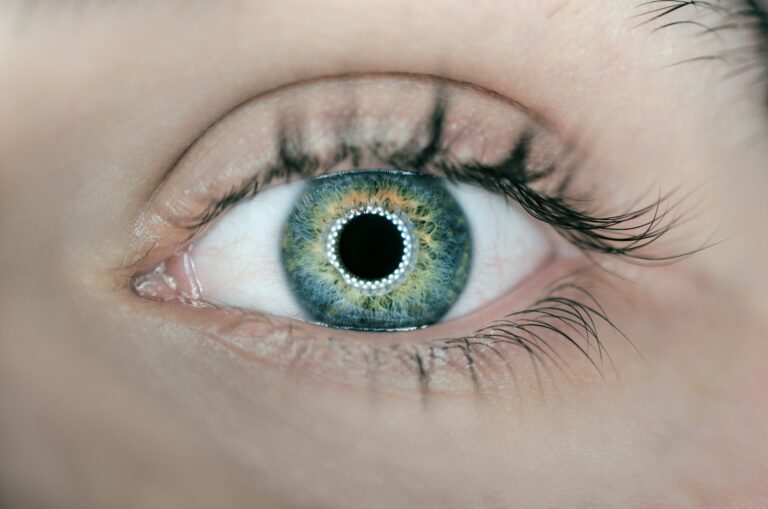It is now possible to surgically change eye color, without affecting the ability of an ophthalmologist to perform eye care after keratopigmentation.
The process dates back to Ancient Greece. Indeed, the physician Galen was already practicing corneal tattooing. This was 2,000 years ago, when he used Indian ink. The keratopigmentation takes up this practice, but improves and modernizes it by what Galen lacked: a femtosecond laser. From its full name name Femtosecond Assisted Keratopigmentation, keratopigmentation is a surgical procedure surgical method of applying pigment to the cornea, directly in front of the natural color of the iris. It does not affect the internal structures of the eye. No implants are introduced. Performed by specialized ophthalmic ophthalmologists, the operation lasts 30 minutes and is performed under local anesthesia. The result: the color of the eyes changes. But two questions are regularly asked by ophthalmologists: is the technique safe, and can an eye be treated after keratopigmentation?

Is it possible to have identical eye care after surgery?
This scientific article answers the second question: is it possible to perform eye care after keratopigmentation? Will the ophthalmologist interpret the data from an eye data from a keratopigmented or non-keratopigmented eye? To determine this, a study study was carried out at the Espace Nouvelle Vision clinic in Paris. Thirty patients underwent eighteen women and twelve men, aged between 24 and 48. years of age. Six months later, they were clinically tested by three different ophthalmologists. ophthalmologists.
What was the conclusion? For the sixty eyes operated on, iris and retina examinations and retina examinations were possible, with no additional difficulties. The same was true for the results obtained using multimodal imaging techniques: the interpretation interpretation was equally straightforward
All in all, the results are clear. Keratopigmentation is reliable, both aesthetically aesthetically and safely. No difficulties were observed in the post clinical examination, multimodal imaging or follow-up of patients with glaucoma patients with glaucoma, retinal and/or corneal pathologies. Screening for all ocular pathologies is feasible. Experience has also shown that, if cataract surgery is necessary, having keratopigmented eyes does not interfere with it. the few cases who have undergone both operations have both been successful.
An operation like any other, which does not preclude others, keratopigmentation is therefore the best alternative for those wishing to change their eye color the color of their eyes.






